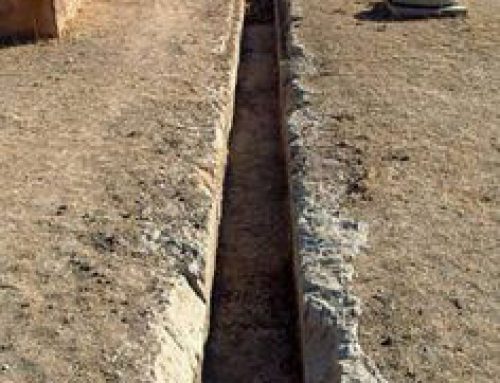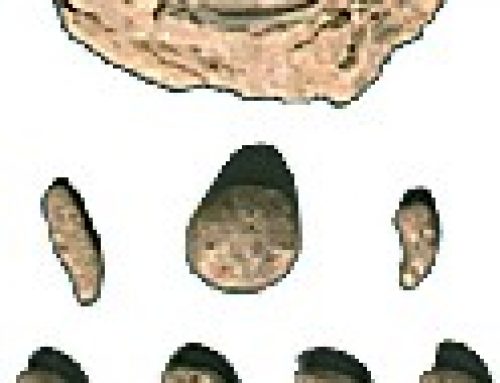
The Persians came from the Central Asian steppe
The Persians and the Medes
Around 1200 BC, some Indo-European people from Central Asia moved south into West Asia. These people were the Persians and the Medes.
Who were the Indo-Europeans?
More Central Asia articles
More West Asia (Middle East) articles
Nomads and cattle-herders in Central Asia
The Persians and the Medes were distantly related to the Scythians, the Hittites, the Greeks and the Romans, and they spoke a related language. Like the Scythians, the Medes and the Persians were nomadic people. They travelled around Central Asia with their horses and their cattle, and grazed the cattle and the horses on the great fields of grass there. Usually they lived well enough this way.
Who were the Scythians?
History of cattle
Environment of Central Asia
But sometimes the weather was worse than usual, and the Medes and Persians could not find enough to eat. This time, when that happened, the Medes and Persians headed south into West Asia. Maybe they had heard that there were Dark Ages there and they thought it would be easy to take over. Maybe they just thought it would be nicer in the south, where it was warmer. Or they just wanted to expand their territory and their power.
The Dark Age in West Asia

Gur-e-Dokhtar – possibly the tomb of Cyrus
The Persians move to Iran
The Medes and the Persians settled in what is now Iran, and we don’t hear much about them until about 600 BC. But by 600 BC the Medes and the Persians had united into one group, under one king, and they had learned how to ride horses in war – they had formed a powerful cavalry. This made them stronger in battle than anyone else in West Asia.
What is cavalry?
Where do horses come from?
Cyrus the Great creates the Persian Empire
At first the Medes were in charge, but in 559 BC Cyrus, who was a Persian, made himself king, and from then on the Persians were in charge. Cyrus (SIGH-russ) soon also conquered the whole rest of West Asia: the Babylonians, the Assyrians, the Jews, the Phoenicians and the Syrians, and also the Lydians and the Greeks in modern Turkey.
Nebuchadnezzar and the Babylonians
Croesus and the Lydians
Who were the Phoenicians?
Cyrus is remembered as a good ruler. He managed to unify a very diverse group of people, with many different languages and religions. At the same time, he allowed each group to keep their own religion. This is especially surprising because he himself had recently converted to Zoroastrianism and clearly felt strongly about his new faith.
What is Zoroastrianism?
How Cyrus helped the Jews
Cyrus’ son Cambyses rules the Persian Empire

Iranian archers from the Persian Empire
When Cyrus died in 530 BC, his son Cambyses (cam-BYE-sees) became king. Cambyses added Egypt to the Persian Empire, beating an Egyptian army that also had many Greek soldiers fighting for pay. But according to the Greek historian Herodotus Cambyses suffered from severe mental illness later in his life, and eventually his own people killed him.
Egypt under Persian rule
Who is Herodotus?
Darius builds Persepolis
In 521 BC Darius (da-RYE-us), who was a Persian and a Zoroastrian but only a distant cousin of Cyrus and Cambyses, seized the throne. He moved the Persian capital to the new city of Persepolis, and hired workmen from all over to work on the new buildings there. Sculptors came from as far away as Greece to work on the Persian palace at Persepolis. Darius also tried to conquer the Scythians, but he couldn’t do it.
More about Persepolis

Darius’ palace at Persepolis
In 490 BC, Darius tried to conquer Athens and mainland Greece. Some of the Greek cities, like Thebes, surrendered to Darius or made treaties with him. But Athens fought back and defeated the Persians, and Darius took his troops and went home.
Where is Thebes?
The First Persian War

Greek graffiti at Persepolis (and modern graffiti)
Xerxes
The next Persian king, Xerxes (ZERK-sees), put down a big rebellion in Egypt and then attacked Greece again in 480 BC. But Xerxes was also defeated, and went home.
Athens and democracy
The Second Persian War
The Persians pretty much stopped trying to expand their empire then. But they continued to rule from Afghanistan to Turkey and Egypt for another 150 years, until Alexander the Great destroyed their empire in the late 300s BC.





[…] pottery. Nobody knows when weavers invented heddles, but they probably existed by the time of the Persian Empire, around 500 BC. It could have been much earlier. Sometime around this same era, weavers in Peru […]
interesting and good,but what grade or age did you intend this to be used by????
I didn’t have anyone in particular in mind, Ryan. A lot of 6th graders use the site, because that’s when most kids do World History, but so do college students and anyone interested in history.
Thanks for letting me use this for school
You’re welcome, Lucas! I’m glad we could help.
Armenians?
Does that mean Indians are related to Greeks, Persians, and Italians?
Yes and no: There were people living in all of these places before the Indo-Europeans arrived, and there were relatively few Indo-Europeans. They moved in, but they didn’t kill off the people who were already there – instead, they married them and had kids. So yes, all of these people are to some extent related, but they also have different genetics from the people who lived there before.